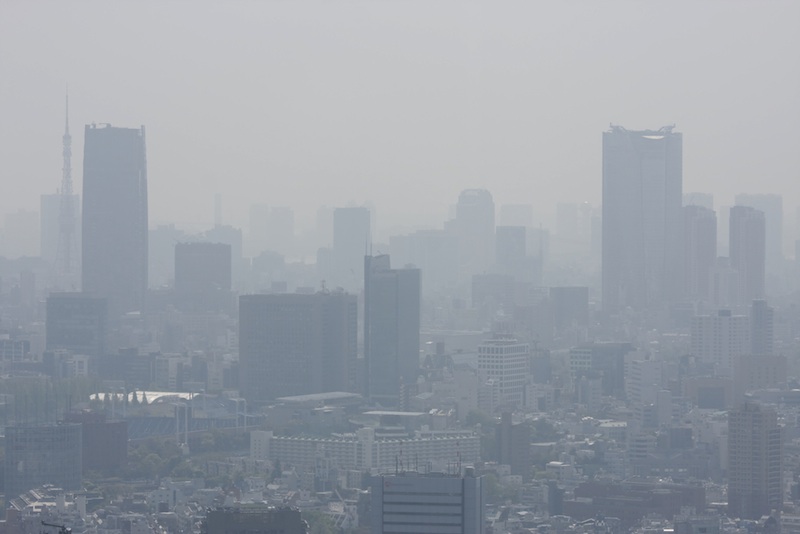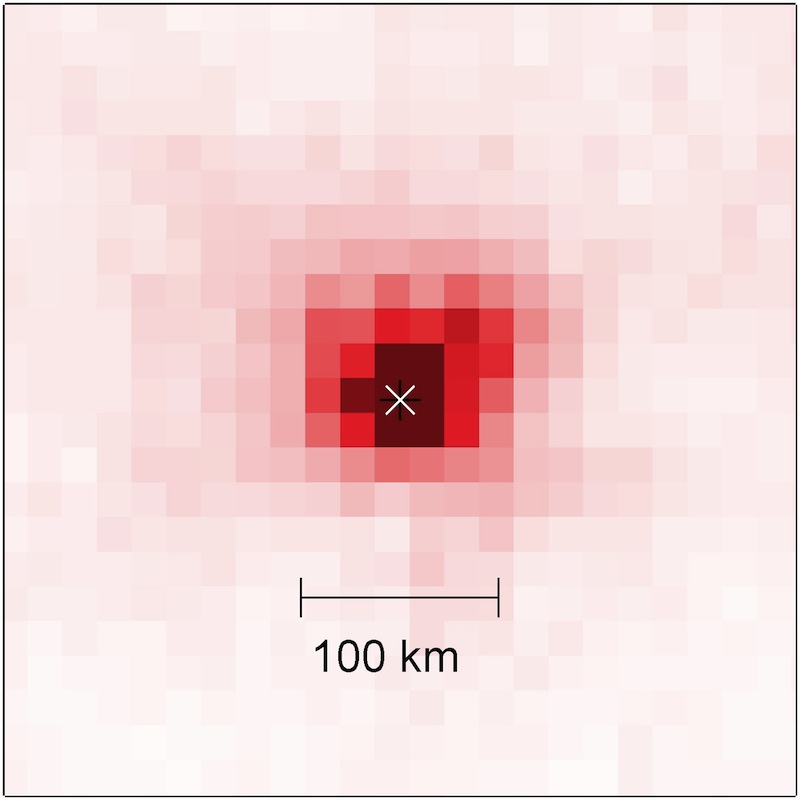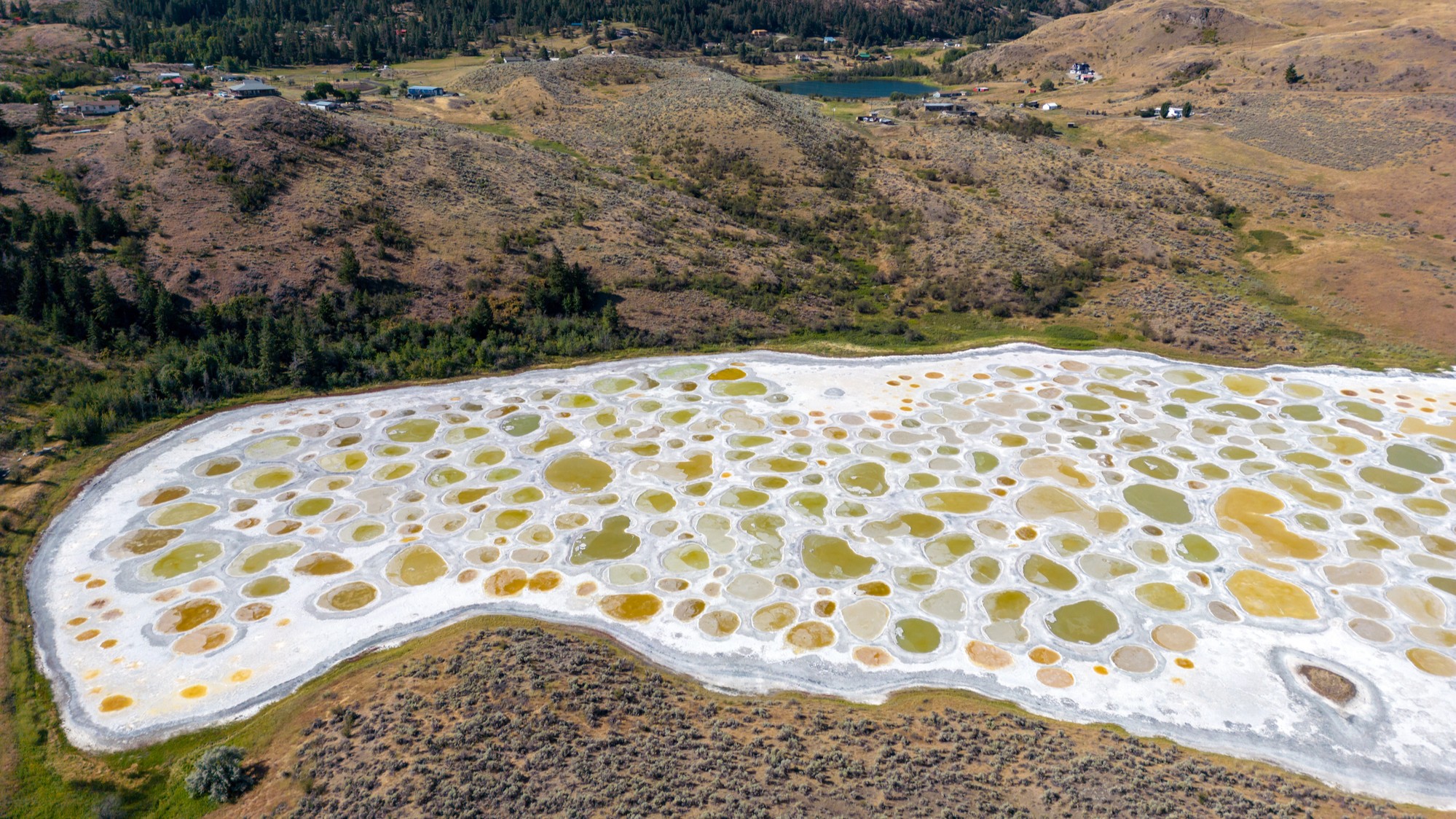An Eye in the Sky Spies a Polluted Planet

Looking down on Earth, instruments aboard a NASA satellite have mapped out in unprecedented detail the pollution coming from the world's megacities, metropolitan areas with more than 10 million people, scientists report today (Sept. 22).
Using satellite data and wind patterns, the researchers were able to gauge the nitrogen oxide pollution coming from megacities such as Riyadh, the capital of Saudi Arabia. Though most of the measurements matched previous estimates, study researcher Steffen Beirle of the Max Planck Institute for Chemistry in Germany said Riyadh emitted three times more pollution than expected.
"The key thing is that we applied a method in order to estimate the lifetime and the [amount of] emissions without any assumptions," Beirle told LiveScience. "Previous studies that used satellite data had to involve models, and our method is independent." [Satellites Gallery: Science from Above]
Beirle and his colleagues used data from the Ozone Monitoring Instrument (OMI) on the Aura satellite. OMI measures different types of particles in the atmosphere, from dust to smoke to sulfates. In this case, the researchers were interested in nitrogen oxides, which come from vehicle emissions. Nitrogen oxides contribute to acid rain and smog and are a big contributor to urban air pollution and health problems, Beirle said.
Earlier estimates of nitrogen oxide emissions relied on estimates of the amount of fuel consumption and vehicular traffic in an area rather than direct measurement of emissions. Using the satellite to see what is there and wind pattern data to understand how the pollution is moving, Beirle and his colleagues are able to pinpoint the emissions.
The resulting visual representation of the data appears crude up close, but the results are the most scientifically accurate yet, the researchers say.
It's not yet known why some cities' measurements came in very close to earlier estimates while Riyadh was worse than expected, the researchers wrote in the Sept. 23 issue of the journal Science.
Get the world’s most fascinating discoveries delivered straight to your inbox.
So far, the method works only on cities of more than 10 million in a relatively contained area. Moscow, Madrid and Tokyo all worked well, Beirle said, but the method can't currently calculate the nitrogen oxide from cities like New York or Hong Kong.
"You need a certain amount of pollution so that you can clearly see it from space, and it's also necessary that there are not many interfering sources around," Beirle said. Riyadh, sitting alone in the desert, makes a good candidate for monitoring. Hong Kong or New York, close as they are to other urban pollution sources, are still too complex for exact measurements.
The next step, Beirle said, is to refine the method so that pollution from these complex urban areas can be measured. Having good estimates of pollution is important for modeling the chemistry of the atmosphere, he said.
"These are our tools to understand what goes in the atmosphere," Beirle said. "They are also the guidelines for pollution-control measures."
You can follow LiveScience senior writer Stephanie Pappas on Twitter @sipappas. Follow LiveScience for the latest in science news and discoveries on Twitter @livescience and on Facebook.

Stephanie Pappas is a contributing writer for Live Science, covering topics ranging from geoscience to archaeology to the human brain and behavior. She was previously a senior writer for Live Science but is now a freelancer based in Denver, Colorado, and regularly contributes to Scientific American and The Monitor, the monthly magazine of the American Psychological Association. Stephanie received a bachelor's degree in psychology from the University of South Carolina and a graduate certificate in science communication from the University of California, Santa Cruz.



